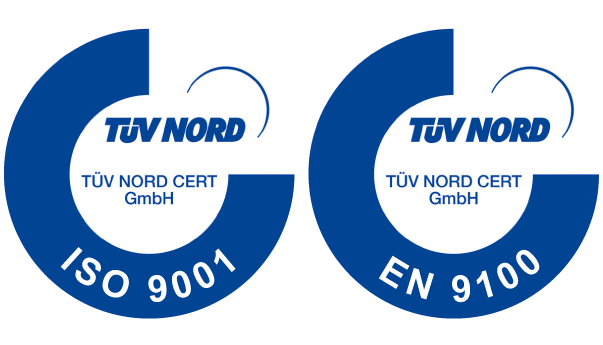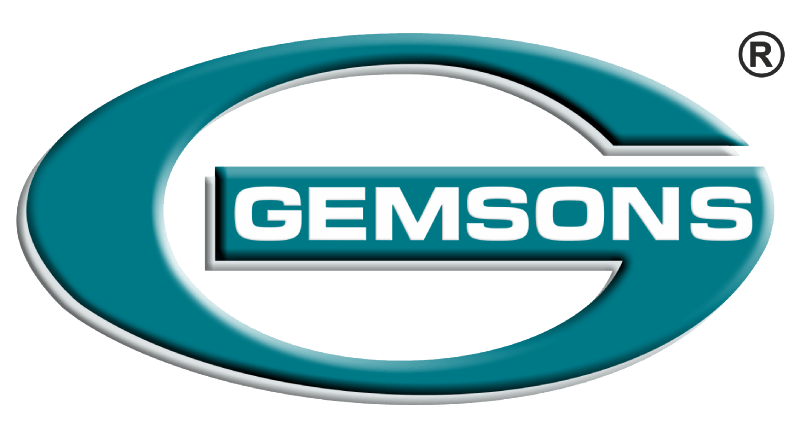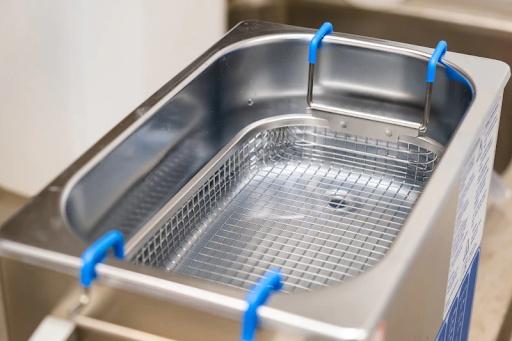Ever wonder how delicate jewelry pieces and gigantic industrial equipment are cleaned with the same level of accuracy? It all hinges on the advanced technique of ultra sonic cleaning, which works well for both purposes. From more complex jewelry pieces to smooth operation in intricate industrial machinery, the role that ultrasonic cleaning plays offers versatile and effective cleaning solutions across a wide range of industries.
Here in this blog, we will look at the various applications of ultrasonic cleaning with a closer look at its importance and how it implements its work with great efficiency.
What Is Ultrasonic Cleaning?
Ultrasonic cleaning utilizes high frequency sound waves, often referred to as ultrasound in a cleaning solution to remove dirt and grime from objects’ surfaces. The sound waves create small bubbles that eventually collapse on the surface to be cleaned, this process is known as cavitation.
One of the beauties of ultrasonic cleaning lies in its ability to clean intricate and detailed items without causing any form of physical damage.
Key Applications of Ultrasonic Cleaning
Industrial Equipment Cleaning
Ultrasonic cleaning is very efficient in industries where precise parts, tools, and equipment that are parts of the manufacturing process have to be cleaned. Factories and workshops have been dependent on ultrasonic cleaning for those components in use within the automotive, aerospace, and electronics industries. Some of the grease, oils, or other residues from use may not easily come out through traditional cleaning processes, but ultrasonic ones remove them with ease.
For manufacturers, this type of cleaning assures the cleanliness of parts and equipment to the highest specifications without interfering with minimum downtime and optimizes machine tool life.
Medical Device Cleaning
Ultrasonic cleaning is also widely used in the health sector. Medical equipment, such as scalpels, tweezers, and surgical tools, must be kept to a certain sanitary standard to keep infections at bay and the patient safe. The designs of such medical instruments render it difficult to clean properly. Ultrasonic cleaning reaches the deepest cracks in these devices to make sure that nothing, such as contaminants, blood, or other tissues, is left behind.
Medical devices that are to be sterilized also receive benefits from ultrasonic cleaning since it gives one a thorough pre-cleaning process that is important for effective sterilization later on.
Aerospace and Automotive Industry
In the aerospace and automotive industries, the components are built upon precise specifications, and there is always the compromise that can be brought about by even the smallest amounts of contaminants. This ensures parts, such as engine components, fuel injectors, and hydraulic systems, are completely clean and, therefore, safe and functional.
A reason why aerospace and automobile companies prefer ultrasonic cleaning is that the process causes no damage to sensitive materials.
Electronic Component Cleaning
This field relies much on ultrasonic cleaning, as this is where sensitive electronic components like circuit boards, sensors, or even microchips are cleaned of contaminants. They are extremely fragile and detrimental to their overall functionality or could lead to overheating if there are any residues or dust attached to them. Ultrasonic cleaning is gentle yet very effective in removing the finest particles stuck to the electronic parts without damaging them.
Jewelry and Watch Cleaning
While very commonly used for large-scale industrial processes, ultrasonic cleaning also has other applications and is, therefore, often employed for jewelry and watch repair. While jewels are perhaps one of the most exquisite forms of works of art, it becomes apparent that intricately made designs with stones or engravings collect dirt and grime at those very places, which are almost impossible to clean with bare human hands. Ultrasonic cleaning rejuvenates these pieces and removes tarnishes without scratching the metal or damaging the gemstones.
Watches, especially those having delicate components that have to be placed inside a watch case, are cleaned with this type of cleaning, so that all parts are fully cleaned without having to dismantle the whole timepiece.
Cleaning of Laboratory and Scientific Equipment
The ultrasonic cleaning process is applied in laboratories that conduct experiments with high sensitivity and sensitive scientific instruments. Beakers, pipettes, and other instruments, if infected with chemical residues, have a higher possibility of diluting accurate results. Therefore, ultrasonic cleaning ensures all these instruments are free of residue for reliable, accurate testing.
Conclusion
Ultrasonic cleaning has an incredible versatility to find applications in numerous industries. It’s the process by which you maintain high-precision industrial parts and restore fine jewelry shining with their brilliance all over again.
The technology of ultrasonic cleaning allows Gemsons to offer superior services. Our automatic ultrasonic part cleaners for extreme cleanliness are made from high-grade materials suited to critical applications, such as medical devices, and customized customer requirements.
From experience, we ensure top-quality results that are delivered within the shortest possible lead time.



Recent Comments